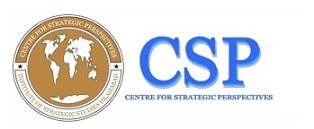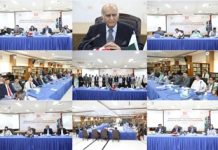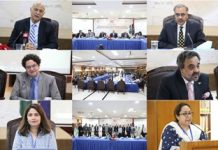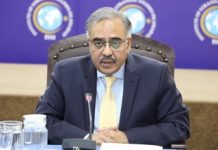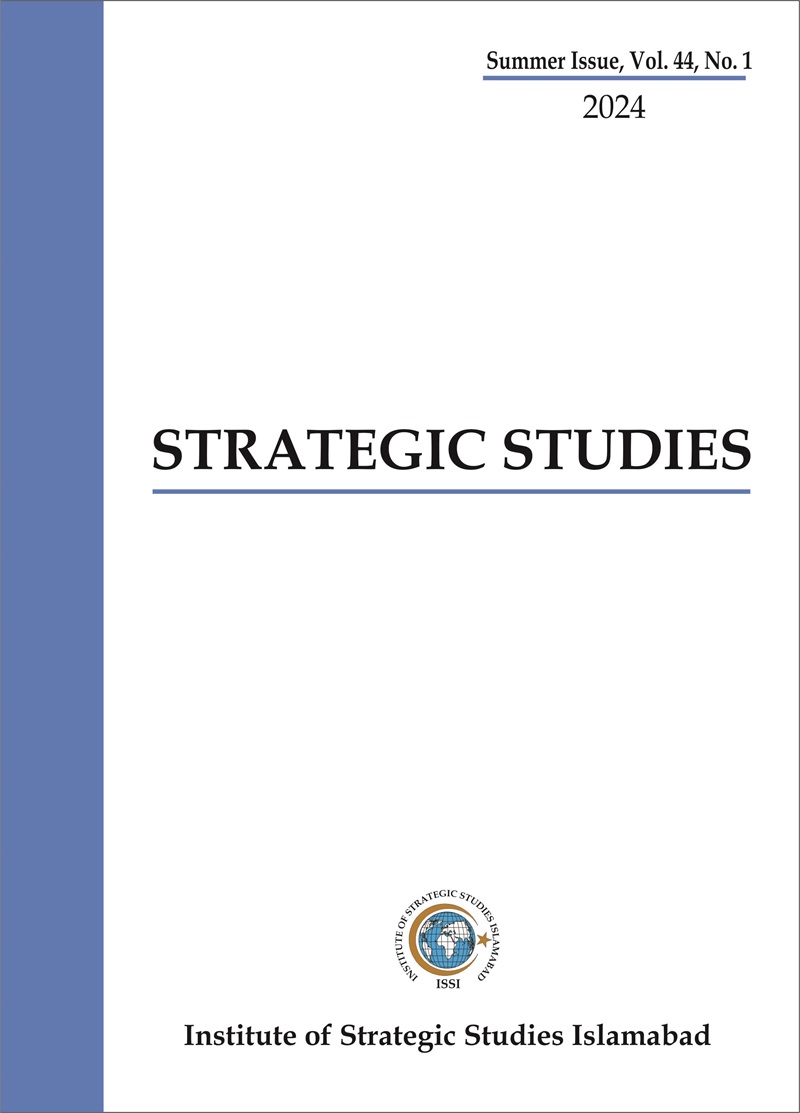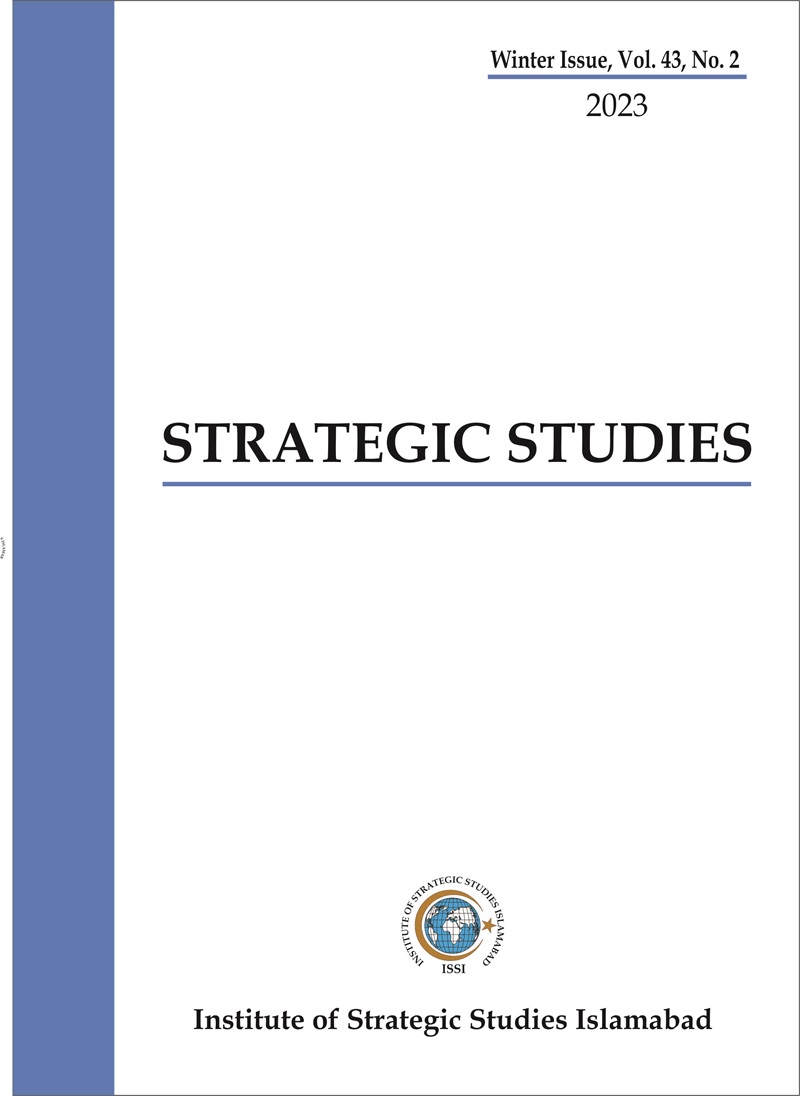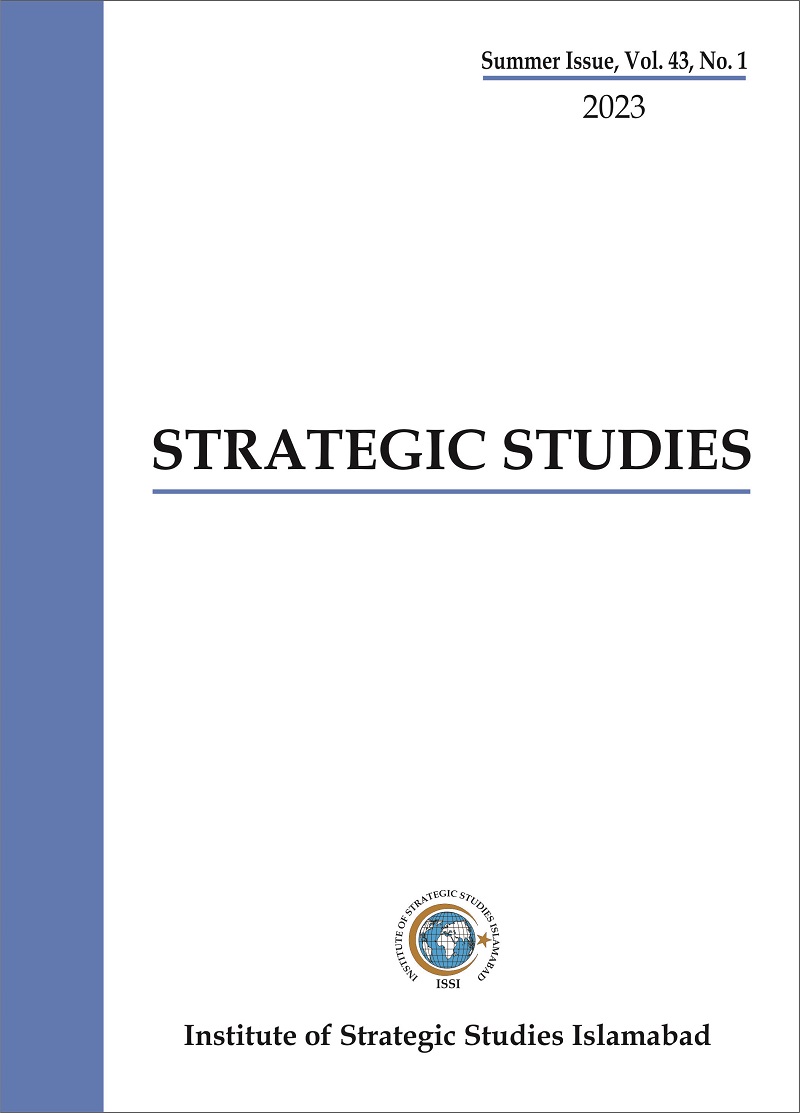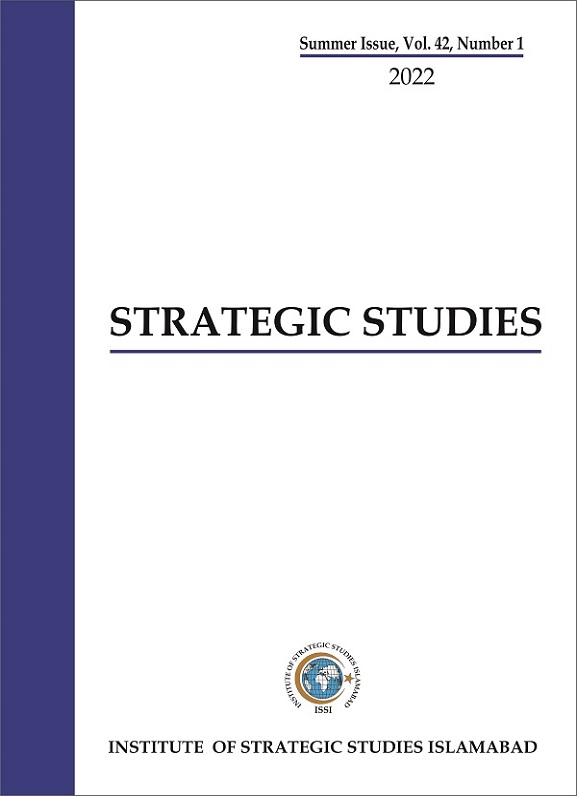Remarks by DG ISSI Ambassador Sohail Mahmood at
International Conference: “Regional Connectivity and Pakistan: Emerging Opportunities”, 18 February 2025

Let me begin by extending warm felicitations to the Pakistan-China Institute (PCI) for organizing this International Conference on Pakistan and Regional Connectivity. Senator Mushahid Hussain Sayed, Chairman PCI, is always brimming with energy and ideas. His initiatives over the past many decades have made an immense contribution to Pakistan’s foreign policy and international standing. I would also like to appreciate the young and dynamic Executive Director of PCI, Mustafa Hyder Sayed, for gathering distinguished speakers from Pakistan and abroad to make the Conference deliberations substantive and impactful.
Historical records show that the word “connectivity” in its present form was used for the first time ever in 1893. The Oxford Dictionary describes ‘connectivity’ as “the state of being connected or the degree to which two things are connected.” As per this definition, it can also refer to the ability of systems, platforms, and applications to be connected to each other.
While first used in 1893, it is more in recent times that “connectivity” has acquired a special salience. In terms of global trends, it can be characterized as the “new, new thing.” It is hardly surprising that connectivity is today serving as a key driver for trade enhancement, energy cooperation, economic integration, and cultural interface.
Within this backdrop, I would like to share seven points with this august gathering:
One, connectivity must be treated as a dynamic concept and operationalized holistically. It should neither be confined to a country’s fixed geographical position, nor to physical infrastructure aspects such as roads, railroads, corridors, pipelines, airports, and ports; nor just the simplification of procedures across borders, improvement of logistics services, or enhancing possibilities for e-commerce. It should embrace all these elements, and much more.
Further, countries must be prepared to be part of variable geometries, and multiple geographies. In this globalized world, and digital age, geographical proximity alone should not be the defining element. Accordingly, Pakistan must go back to the vision of the founding fathers, expand its horizons, and look way beyond its immediate geo-strategic space.
Two, along with ‘hard’ connectivity (in the physical sense), there should be equal emphasis on ‘soft’ connectivity. It is imperative not only to connect economies but also peoples. So at one end of the spectrum, for instance, there is the need to strengthen policy coordination, trade financing, relations between stock exchanges, and interactions between business communities; on the other end, it is essential to facilitate visas, promote cultural exchanges, advance tourism, and forge research, academic and think-tank partnerships. It is vitally important to get the right balance between ‘hard’ and ‘soft’ connectivity, and Pakistan must also be fully cognizant of this need and act accordingly.
Three, the extent of Pakistan’s “neighborhood” needs to be redefined and expanded, both in the land and maritime domains. Having been part of the ancient Silk Route, Pakistan is not only a land bridge for several adjoining regions, it also offers the shortest access to the Arabian Sea for both Central Asia as well as China’s Western region. Beyond the immediate ‘neighborhood’ of South Asia, South West Asia (Gulf), and Central Asia, Southeast Asia and Africa should be an integral part of Pakistan’s “extended” neighborhood and treated as such. Equally important, Pakistan should shed its traditional reticence and actively focus on the maritime domain and work to realize the potential of blue economy with partner nations in the Indian Ocean.
Four, we must be fully cognizant that the international and regional connectivity agenda has come in the cross-hairs of global geo-politics. The primary example is the evolving response from the West and the East to China’s Belt and Road Initiative (BRI). In terms of its scope and sweep, BRI is truly a seminal project – with dedicated resources and tangible outcomes. It is a global public good, which is making a visible difference in infrastructure development and land and maritime connectivity across continents, especially in countries of the ‘Global South.’ However, with the sharpening of major-power contestation, we are witnessing an accentuation of a certain narrative against the BRI. Notably, there is no concrete alternative paradigm from the BRI’s detractors, mostly smear. Countries that prioritize their own national development need to be extremely vigilant. At the end of the day, as Pakistan’s own experience shows, the gains of geo-strategic entanglements are at best ephemeral, while the dividends of infrastructure and socio-economic development are long lasting.
Five, for Pakistan, the China Pakistan Economic Corridor (CPEC) is the pivot around which its connectivity agenda revolves. CPEC has already contributed to Pakistan’s economic and social development. To date, CPEC has attracted $25.4 billion in direct investment, generated 236,000 jobs, and facilitated the construction of 510 kilometers of highways. Additionally, it has added 8,020 megawatts of electricity to the national grid and developed 886 kilometers of core transmission infrastructure. As part of CPEC’s upgraded version, Pakistan and China are committed to jointly build a growth corridor, a livelihood-enhancing corridor, an innovation corridor, a green corridor, and an open corridor. In a nutshell, CPEC is both transformational and the proverbial ‘bird in hand’ – an existing opportunity that must be realized optimally. This is a project that enjoys national consensus in Pakistan. Any degree of complacency in terms of mobilizing efforts and resources and meeting project time-lines would only work to the detriment of Pakistan’s interest. This should never be allowed to happen.
Six, going forward, Pakistan needs to deepen its engagement with the regional organizations and multilateral platforms of which it is currently a member and seek to become part of new ones. Pakistan is already in several trans-regional forums such as ECO, SCO, D-8, SAARC, and CAREC. Due to India’s attitude, SAARC is in a state of dysfunction. But the other organizations are available to actively advance the connectivity agenda in collaboration with other Member States. Pakistan should also strengthen its efforts to deepen institutional linkages with the Gulf Cooperation Council (GCC), consider launching a C5+ forum with the Central Asian Republics, and engage with the ASEAN-led Regional Comprehensive Economic Partnership (RCEP). In addition, Pakistan should make efforts to be part of the International North South Transport Corridor (INSTC) and reach out to the Eurasian Economic Union (EEU). Above all, notwithstanding New Delhi’s negative disposition, Pakistan’s membership of BRICS should be actively pursued.
This may sound expansive, but there is no alternative. As a middle power, and a pivotal state in its own right, Pakistan has to continuously expand its diplomatic space, accentuate its pivot to geo-economics, and diversify its economic partnerships.
Seven, it is essential to craft a comprehensive vision and create the requisite bandwidth to support this overall connectivity agenda in its myriad dimensions. The challenges are well known – including security, infrastructure deficiencies, political tensions, geopolitical dynamics, dearth of financial resources, and limited institutional capacity. With sustained political will, investment in infrastructure development, a high premium on regional cooperation, and meaningful engagement with WB and IFC as well as new fora such as AIIB and NDB, many of these challenges can be addressed. To create synergy among the various initiatives and systematically take forward the agenda, I would venture to suggest the establishment of a central authority. This should not be seen as another layer of bureaucracy, but a central element to ensure coordination, coherence, and concrete outcomes.
With these words, I conclude by thanking for the opportunity to share my thoughts.

